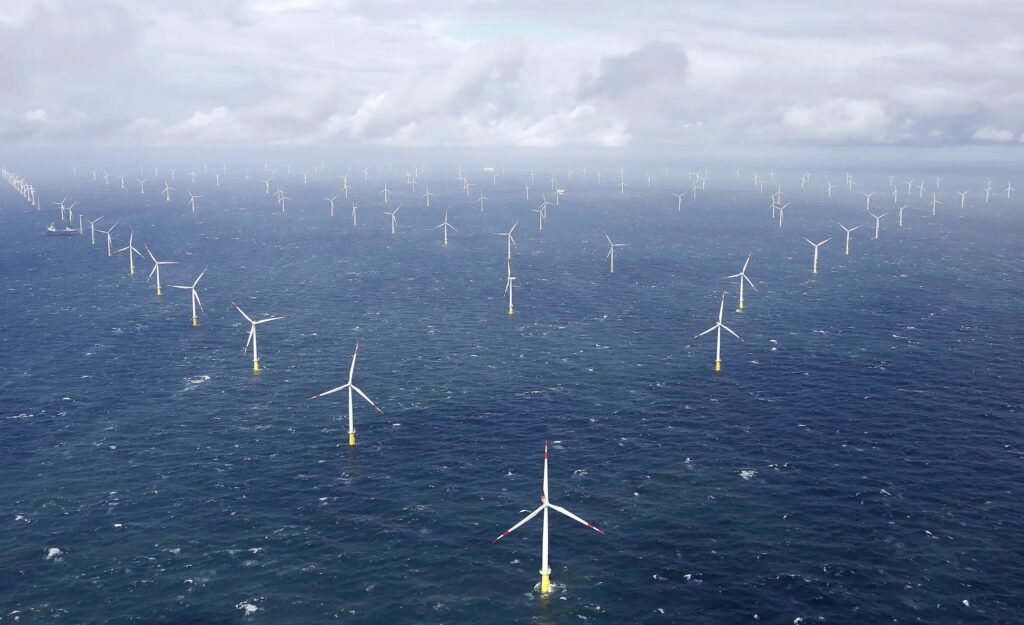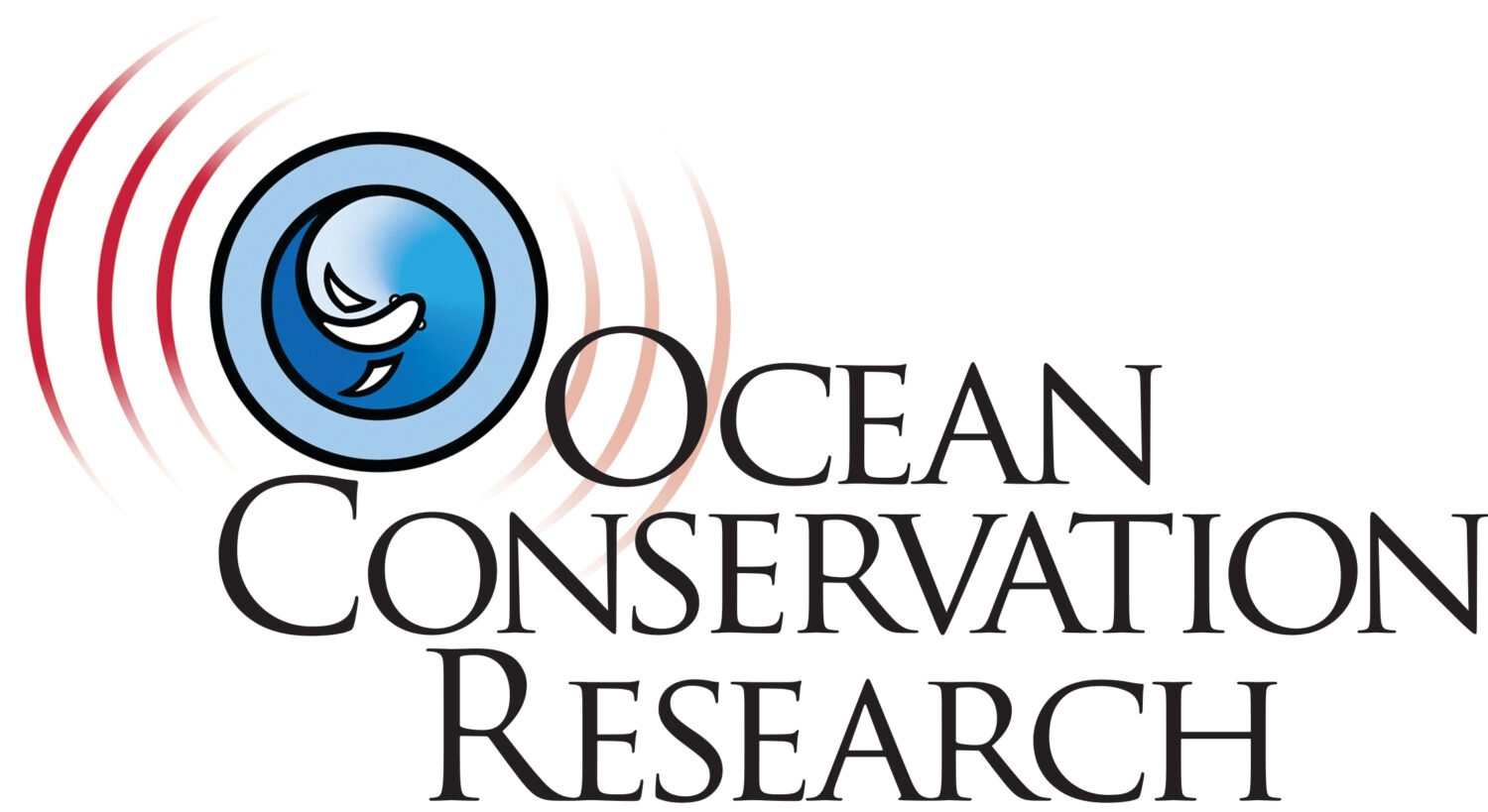
North Sea Wind Farm
While I remain cautiously guarded, it is beginning to appear as if we’re bending our national energy policies toward the reasonable. There are a number of layers in play – from energy generation and distribution, to transportation – all under the rubric of “National Infrastructure.”. But I found it encouraging that the raft of Executive Orders that President Biden signed into play on “Day One” many had climate and equity written into them. And increasingly we are hearing intimations of offshore wind and high-speed rail(!)
We may have dodged a bullet here, because the previous administration was set on an infrastructure plan that would have locked us into fossil fuel for the next 30 years – filling potholes, repairing bridges, and building oil pipelines. But they got bogged down by also wanting to privatize the whole works (you can’t have the cake and the pie without making some folks angry…)
But the oilmen are not likely to take these plan changes sitting down, so we can anticipate blood-curdling screams about “job losses” from that quarter. We’ll also hear all manner of fear and devastation wrapped around offshore wind (which I suspect will take up some amount of my time over the next few years).
I mention this because while we know offshore wind is one of the quickest ways to end dirty coal and gas fired power generation, it does not come without its own set of liabilities. These include:
The ocean noise related problems:
-
Seismic surveys and seafloor profiling for site suitability disrupt marine life.
-
Pile-driving installation for shallow-water turbines disrupts marine life.
-
Chronic noise from tip vortices and turbine gear boxes may disrupt marine life.
-
Increased traffic from service vessels will disrupt marine life (increased vessel noise and possibility of whale/ship-strikes).
Other liabilities:
-
Wind farms interfere with legacy commercial fishing grounds and practices.
-
Tethering lines for floating masts in deep-water wind farms may disrupt movement of migrating and feeding whales.
-
Wind farms kill birds.
-
Wind farms will clutter the view from the shore.
-
EMF from underwater high-volage transmission lines may disrupt the electrophoretic and electromagnetic senses of elasmobranchs (sharks and rays), pelagic fish, turtles.
And you can bet that the hydrocarbon chop shops like the Heartland Institute will be working overtime to freak you out about wind powered turbines (anyone remember hearing how wind farms cause cancer?)
I will address the real concerns in a future newsletter, but aside from being the surest and quickest ways to migrate off fossil fuels, the benefits of offshore wind include:
-
Entire new industries can be created; replacing dirty jobs lost in coal mining, offshore fossil fuel, and leaky pipeline management, with clean, well-paying, green/blue energy jobs (many with the same skills, but a cleaner toolbox).
-
Dependable offshore winds have vast untapped potential to make our electric power more reliable, and far-less harmful than fossil fuels.
-
Tapping directly and locally into the power grid, offshore wind does not require pipelines, tankers, or other vulnerable infrastructure required for transport-dependent, hydrocarbon-burning power plants.
-
Cost of electricity from unsubsidized wind farms is already at cost parity with electricity generated from subsidized fossil fuels, a metric which will only improve as offshore wind ramps up.
And the “free market” benefit:
-
Unlike offshore fossil fuel operations, which require equipment, infrastructure, and assets only possible for the largest corporations (from well head, to refineries, to gas stations), wind generation can be scaled to the investment, opening up opportunities for smaller, as well as larger businesses.
And the “catastrophic failure” argument:
-
If a wind turbine fails, it just fails, it doesn’t spill its failure all over the ocean, compromising all other regional marine habitats and ocean-associated businesses.

You greatly undersetimate the impact of the build out of wind farms on the ocean environment. Do your homework please. To replace the current fossil fuel infrastrucure for power generation will require HUNDREDS OF THOUSANDS OF WIND TURBINES in the ocean to ramp up to industrial levels of power to keep our economy competitive. Wind power is one of the least efficiernt methods of generating power. If you want masssive build out of wind power, do it on land and keep the industrial power industry OUT OUR OCEANS!! The wind industry lives off the subsidies to compete. If you want industrial power that produces no carbon emissions then we need to give serious consideration to the revitalizarion of the nuclear power industry. The US Navy has been safely operating nuclear reactors for over half a century – it can be done safely. This was one of the prime recommendations to address climate change by the great scientist Carl Sagan and is even a better suggestion today. Wind power in the ocean is one of the great scams of out time and the conservation community has bought in hook line and sinker. Meanwhile the wind companies will rake in BILLIONS in subsidies funded by US tax payers who will be denied access to the ocean that they own. What a crock!
My “back of the envelope” estimates using US electrical consumption of 4 terawatts/hrs. would require about 300K of the largest turbines (14MW), but that is a complete replacement. Factoring in other energy sources – hydro, tidal, geothermal, geothermic, and solar will temper those numbers. And then there are efficiency and use-scaling considerations.
This chart: https://www.statista.com/statistics/201794/us-electricity-consumption-since-1975/ shows that despite increased powered activities, power consumption has not significantly increased since 2010.
Regarding the economic impacts and taxes. “Loan guarantees” are not loans, they just cover risks and make investors more comfortable. Will some fail? Yes, like Solindra back 10 years ago, and cost taxpayers $1Billion. But what we got from the energy investments from the policy and loan guarantees is represented in the flattening of the energy consumption curve above. And Solyndra would not have been such a big thing of the chop-shops for fossil fuel industry didn’t try to light everybody’s hair on fire about it.
And lastly, Economist Stephanie Kelton (https://bit.ly/3tnpyd5) presented a clear perspective on Federal economics viz; “deficits,” in the context of “deficit spending.” There is no equivalency in comparing the Federal economy to state, local, or personal finances, because unlike the rest of these economies, the Fed can print money. This money does not represent debit, rather it represents economic stimulus. So the metric is how much money can you print to stimulate economic activity while not triggering inflation? If you finance an industry that creates jobs, where is the money to pay for those jobs going to come from? From the printing press. And if those new salaries pay taxes, the “deficit” is covered.
It is a balancing act, but with the huge numbers and the inertia in the system, it is not so unstable as to blow up in our faces and leave us all with huge tax burdens.
Thank you for this piece. It and the photo have stimulated some thoughts.
Convenience is a big part of what is altering the climate. Not-in-my-back-yard (NIMBY) attitude is a long standing cause of injustice, including climate injustice.
Putting wind power offshore has some greater efficiency over onshore installations, but cost of installation, ongoing maintainance costs, power loss through transmission lines, and environmental disturbance from construction and ongoing maintenance, some of which you mentioned, describe some of the true costs of offshore wind power installations.
If we want power and to reduce our negative impact on the climate, we need to shift our NIMBY attitudes to YIMBY, yes-in-my-back-yard. Bring power generation closer to the consumer, preferably renewable. Increase consumer involvement in what having electricity entails, and stimulate efficiency and conservation. De-centralize the system from the old central power plant model. Save the cost of transmission lines in money, property, and environment.
As long as electricity is available at the flip of a switch and its generation is out of sight with minimal involvement of each consumer, it will be out of mind and we will keep consuming more.
That is not a path to reducing human impact, our impact, on our life support system.
We can do better.
I always appreciate a systematic thinker